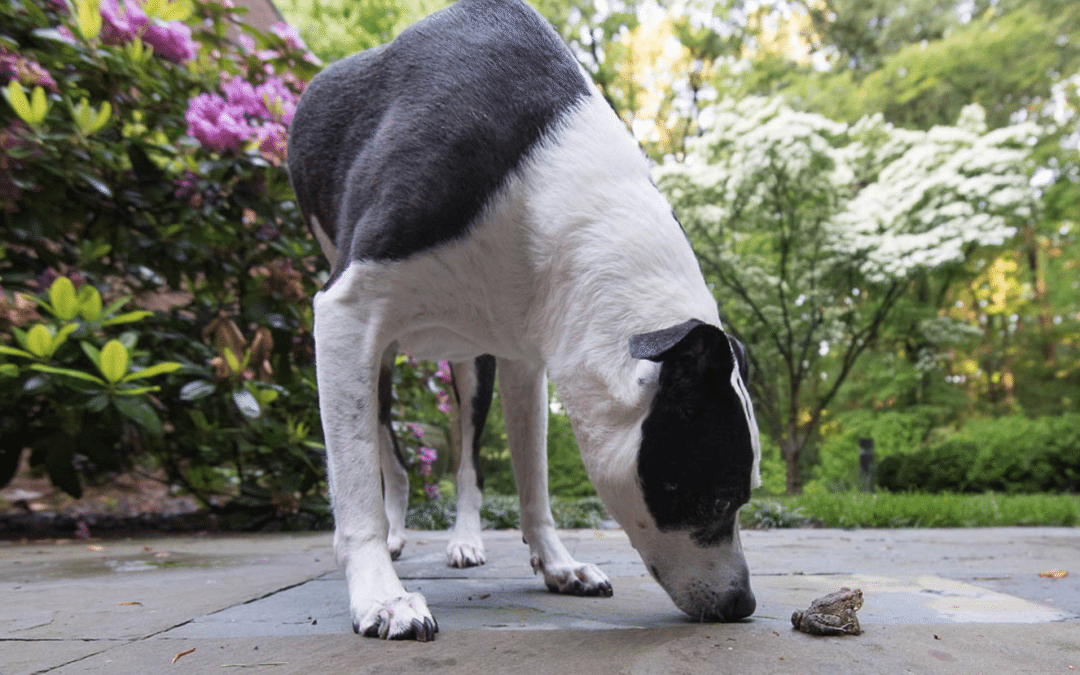The American yard has been getting a bad rap recently, especially in California where the drought is serious business. Californians have been told to reduce water consumption by 25 percent and could face fines of up to $10,000 per day for wasting water. The “synthetic” turf industry is booming, and homeowners have been paid to rip out their yards. But is getting rid of the American yard the best strategy?
A yard is not just about aesthetics. It also serves important functions, both for your family’s health and lifestyle and for the environment. Living landscapes – including lawns comprised of turfgrass – offer places for children and pets to play and for the entire family to enjoy the outdoors. Numerous studies have shown the benefits of green space to health, including improved mood, increased fitness levels, stress reduction and more. Additionally, turfgrass addresses a host of environmental issues.
For one, grassy areas mitigate storm water runoff. They slow down and absorb runoff, while also cleansing water of impurities and dust.
Turfgrass dissipates the heat island effect. Remarkably, studies have shown that lawns can be 31 degrees cooler than asphalt and 20 degrees cooler than bare soil. But without grass and other plantings to reduce the heat island effect, communities will only get hotter. And your home cooling bills? Expect them to go up when green space is reduced!
Additionally, grass is an important carbon sink and oxygen producer. In fact, turfgrass is the largest carbon sink – natural systems that trap the greenhouse gas carbon dioxide from the atmosphere – in the country. Grasses remove about six tons of carbon dioxide per acre, per year from the atmosphere. Without grass, the carbon sequestration processes won’t occur, and your carbon footprint will grow bigger. Grass also plays a vital role in capturing dust, smoke particles and other pollutants that harm people. Without grass, these pollutants will remain in the air we breathe, resulting in more “code red” air quality days.
Furthermore, grasses, trees, shrubs and other plant life provide food and habitat for birds and small mammals. Insects, spiders and worms live among the grass blades and below the surface in the turf. Without a living landscape, food sources for birds and small mammals will quickly vanish. Xeriscaping or hardscaping forces common backyard animals to forage for food elsewhere. If we eliminate turfgrass from urban and suburban life, birds and wildlife will lose critical habitat.
Preventing soil erosion is another important job of turfgrass, which holds soil in place through its natural, dense and fibrous root system. Without grass, more soil washes into the water, reducing the amount of sunlight that can penetrate the water. The nutrients and chemicals carried with the soil can cause large algae blooms, which can steal oxygen from the water and kill fish.
Remember, the outdoors starts at your backdoor. Be a responsible citizen not by ripping out your lawn, but instead by putting the right plants in the right place and using water wisely.
Get more tips and information at www.LivingLandscapesMatter.com

